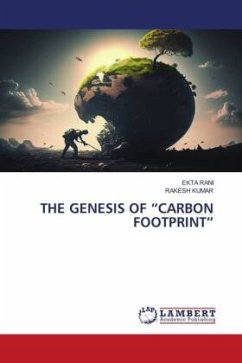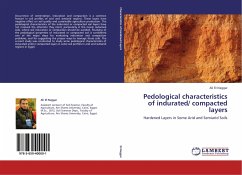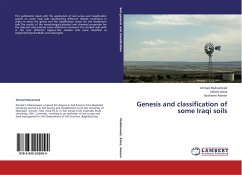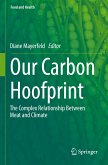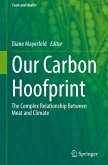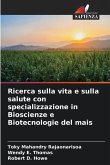In the wake of the current global climate crisis, it has become clear that there is an urgent need to study the magnitude and emission of the carbon footprint from the dairy sector. On the global level, many studies have been done, and many are still running. With a tag of the largest producer of milk in the world, India has needed to examine its carbon footprint of dairy sector at the national level, state level and district level. That's why I choose this concurrent topic to study. This study has not presented a model for estimating the full environmental impact from the entire livestock sector, and rather it focuses on GHG emissions, notably carbon dioxide, methane and nitrous oxide, collectively called carbon footprint, emitted from the dairy cattle sector. In the study, estimation of carbon footprint is based on Life Cycle Assessment (LCA) methodology.
Bitte wählen Sie Ihr Anliegen aus.
Rechnungen
Retourenschein anfordern
Bestellstatus
Storno

